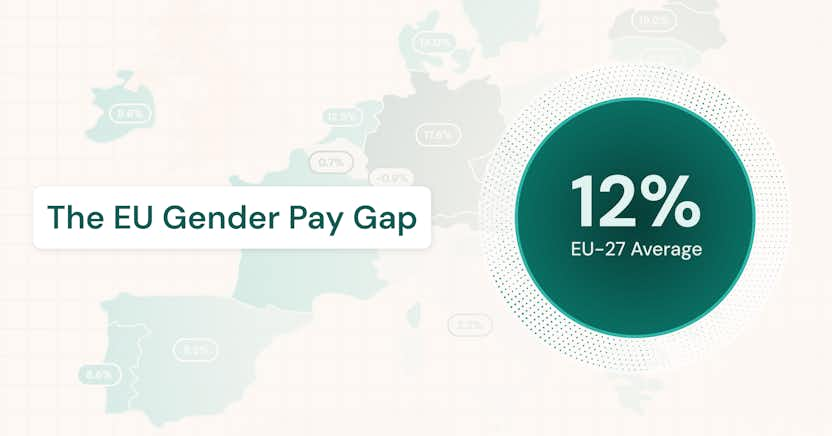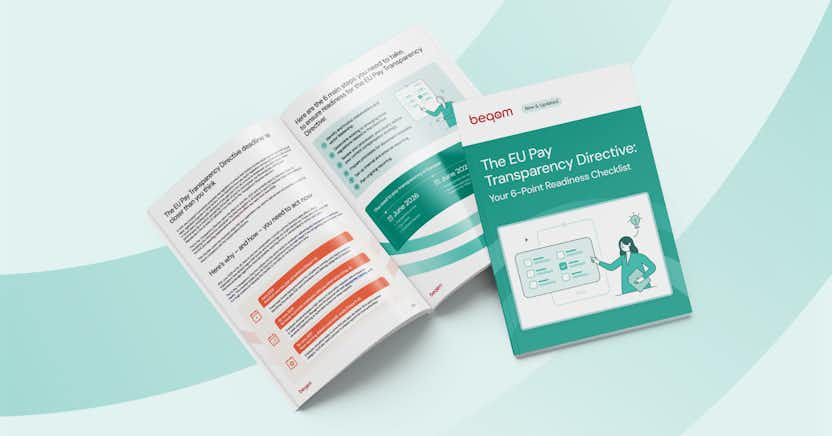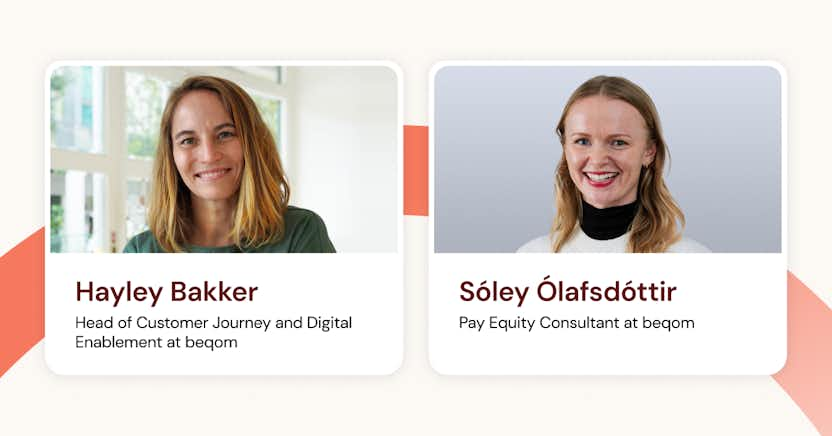5 Creative Ways to Redefine Rewards

Learn more about the following beqom products
In previous blogs we looked at how to overcome some of today’s major roadblocks to performance and create a more people-centric culture based on continuous feedback and timely rewards.
As we continue our series on building a high-performance organization, we look at some creative approaches to delivering total rewards to support today’s performance model.
Creative approaches to more timely rewards
While continuous rewards may be largely aspirational at the moment, some companies are working towards it, and we have seen a number of different approaches that companies are taking to try to make rewards more immediate and meaningful. Some of those include:
1) Immediate feedback, immediate rewards
Enable managers to deliver compensation or recognition continuously based on the achievement of goals, feedback received, or displays of desired behaviors. This is what we call “rewarding the moments that matter.“
What about the budget you say? It’s not more money, it’s just paid out on a different time scale. You can simply take the individual part of your annual bonus plan and assign it to a Continuous Total Reward program. You could do the same with the corporate or team components of the bonus if some objectives are met throughout the year. Or pay out the individual and team components in real-time and save only the corporate component for year-end. The quarterly bonus is a step in that direction but still does not have the same kind of immediacy.
Can managers be trusted to allocate rewards in this way? You trust them to assign performance ratings, salary reviews, and potentially, bonuses during your annual cycles, so why not trust them now? They are the ones closest to the work and to the efforts of employees. Each manager has a budget so the amount spent is under control.
2) More pay increases, not more pay
In inflationary times, many companies are running pay reviews with increasing frequency. One beqom customer currently runs 6-month salary reviews in high-inflation populations and annual reviews in the rest of the world. They actually want to double their pay reviews, from semi-annual to quarterly reviews in high-inflation populations, and from annual to semi-annual in their other countries.
3) Using rewards to change culture
Some are trying more team-based rewards. A good example of this is one of beqom’s automotive customers. In 2017 they launched an initiative to be not just a car company but a technology company. They wanted a culture that was “fresh and different” to attract new workers and to preempt tech competitors entering their space. (At that time, Apple & Google were each working on a car—Google still is. As it turns out, they were right to want to change the mindset from a 20th-century car company to 21st-century tech. As an example, at the time, Tesla’s share price was averaging around $20; at this writing, it’s around $250 and has seen highs over $400.)
The company decided that if its culture was to change, its reward initiatives needed to change too. Primarily it vastly increased its use of team-based rewards, and it removed the individual part of the bonus to promote team-based and collaboration-based working, which it saw as key to cultural change. Delivering these rewards in a timely, ongoing manner can help to weave the new culture into the daily workflow.
4) Ditch the merit matrix
For the more ambitious among you, consider changing not just the frequency, but the entire pay structure. EY Partner and HR thought leader Tamra Chandler proposes to “Pay for capability, reward for contribution” — that is, you decide your pay strategy relative to the market based on skills, etc., but instead of awarding salary increases based on performance, you ditch the merit matrix and reward an increased market contribution. When an employee develops new skills, you reward them.
5) Feedback can identify leaders
If you have a good feedback system, you can use continuous feedback to identify populations eligible for rewards, such as future leaders or top talent. You can then use that as a gate to qualify for an LTI grant or some kind of long-term retention bonus. Many organizations have eligibility requirements based on job grade or some formula, but we suggest using feedback that reflects their actual impact on the organization.
By the way, the same concept can be applied to promotions, using feedback to inform promotion eligibility. This may help to circumvent the “Peter principle,” promoting people until they reach a position where they are incompetent. Simply promoting people into leadership based on meeting goals is not always the best practice, as they may not always be the best leaders. Peer feedback can help you understand who has leadership potential versus who will contribute best in an individual role.
Achieving ROI from optimizing compensation
Having the right technology for managing compensation and performance, along with employee recognition software, can support you in implementing the right pay strategies to deliver performance results and achieve ROI. In a future blog, we will explore new ways to get ROI by streamlining performance and rewards.
For more about how you can use technology to deliver more creative and effective rewards, continue to follow our blog and download our free eguide, Rewarding the Moments that Matter: How to Build a High-Performance Culture.








